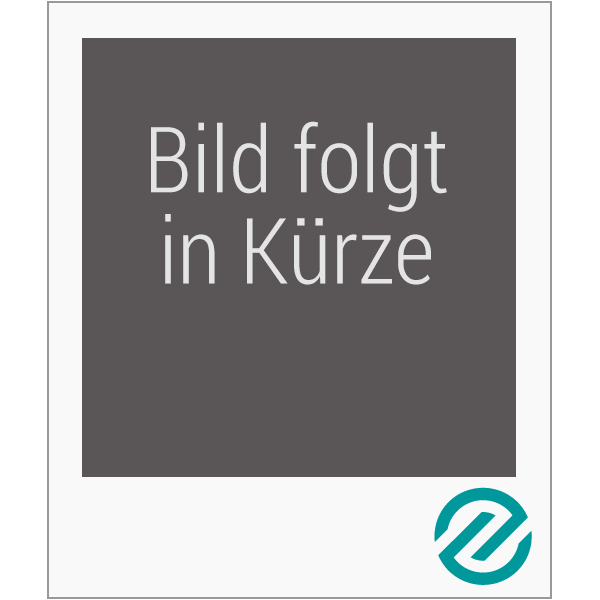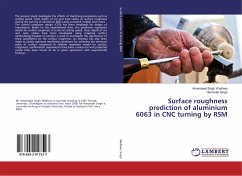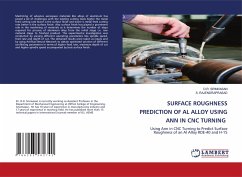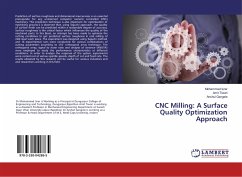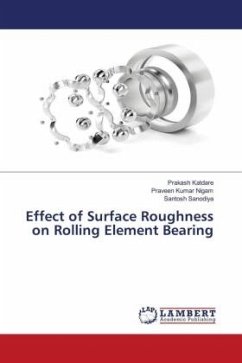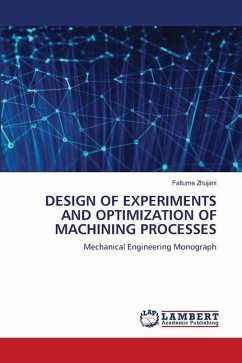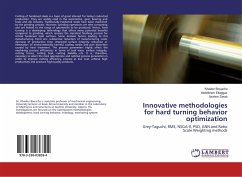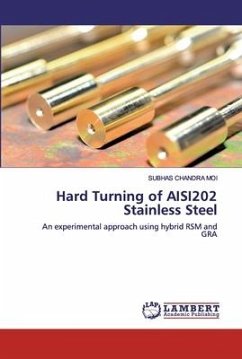In this book, the authors present a multi-linear regression based approach for the modeling of surface roughness during the turning of a commercial brass alloy. Two regression models are developed by utilizing the experimental data gathered following a full-factorial based design-of-experiments methodology. While the conventional practice has been to develop regression models using the entire experimental data-sets, we deviate from the same and employ only a subset of the available data for the purpose, the remaining data being used for the model validation. This segregation of the experimental data into training and testing data is made randomly without invoking any mathematical rule. The results obtained herein reveal that the second order regression model is statistically better in predicting the surface roughness for both the data-sets.The global minimum surface roughness is determined by using the developed regression models in conjunction with the genetic algorithm based single objective optimization. The optimization results reveal that the global minimum obtained using the second order regression model is in close agreement (accuracy - 94%) with the experimental results.
Bitte wählen Sie Ihr Anliegen aus.
Rechnungen
Retourenschein anfordern
Bestellstatus
Storno

